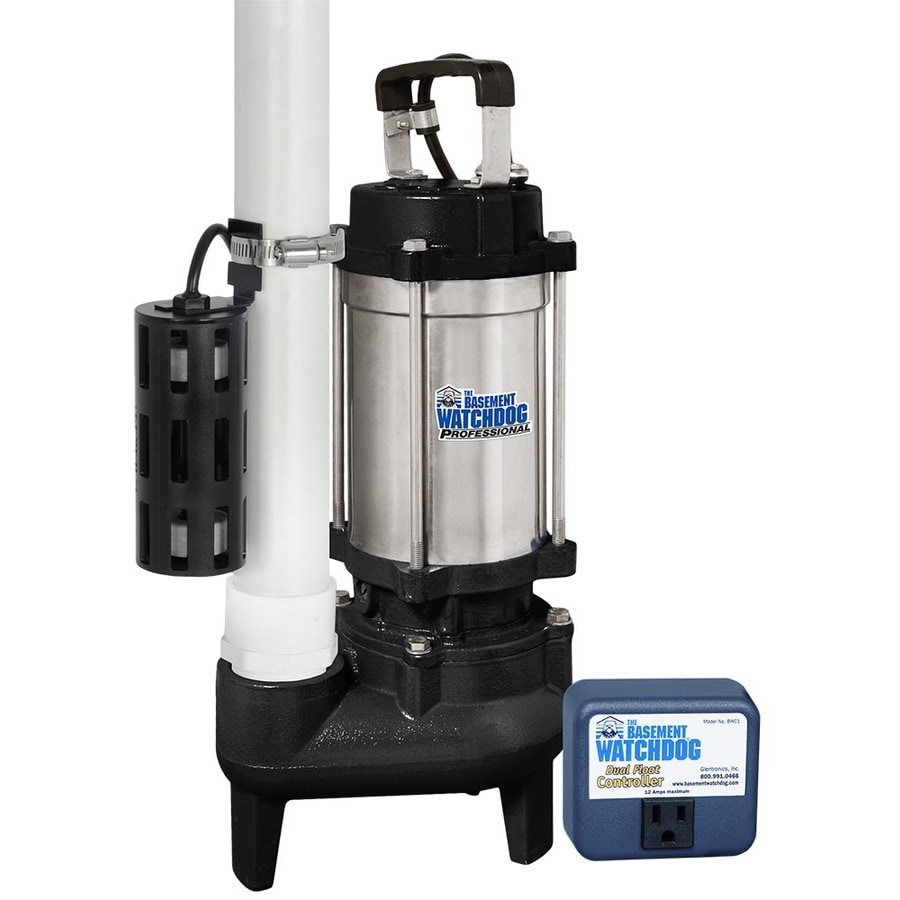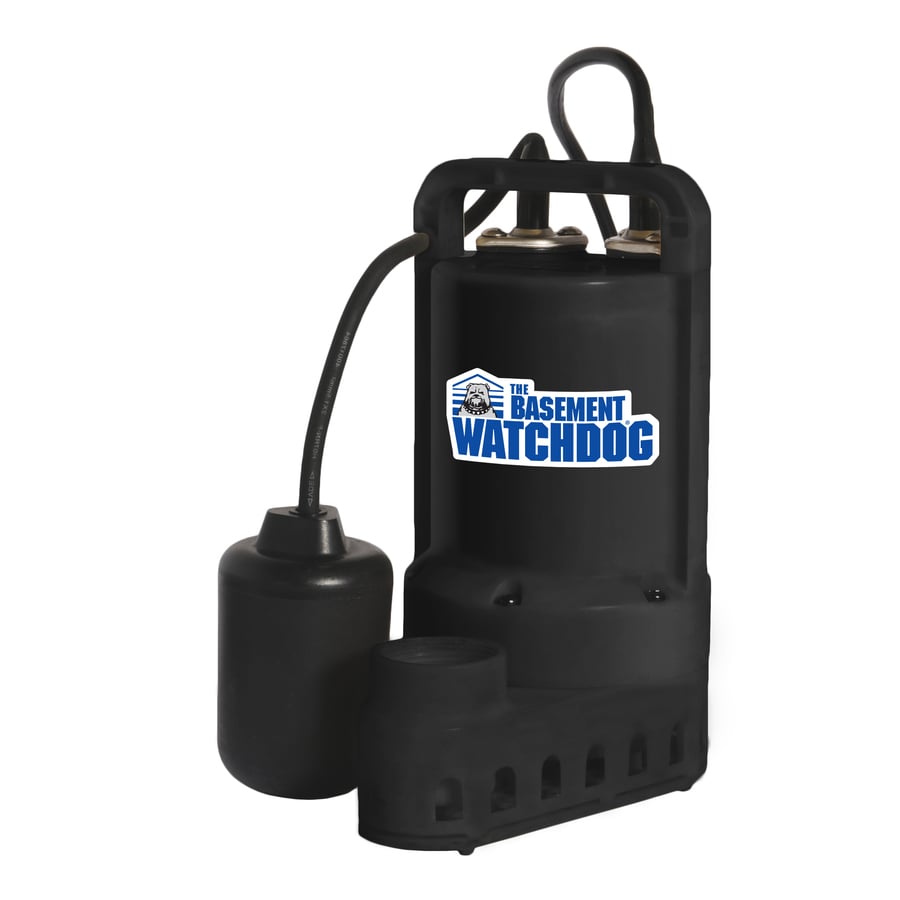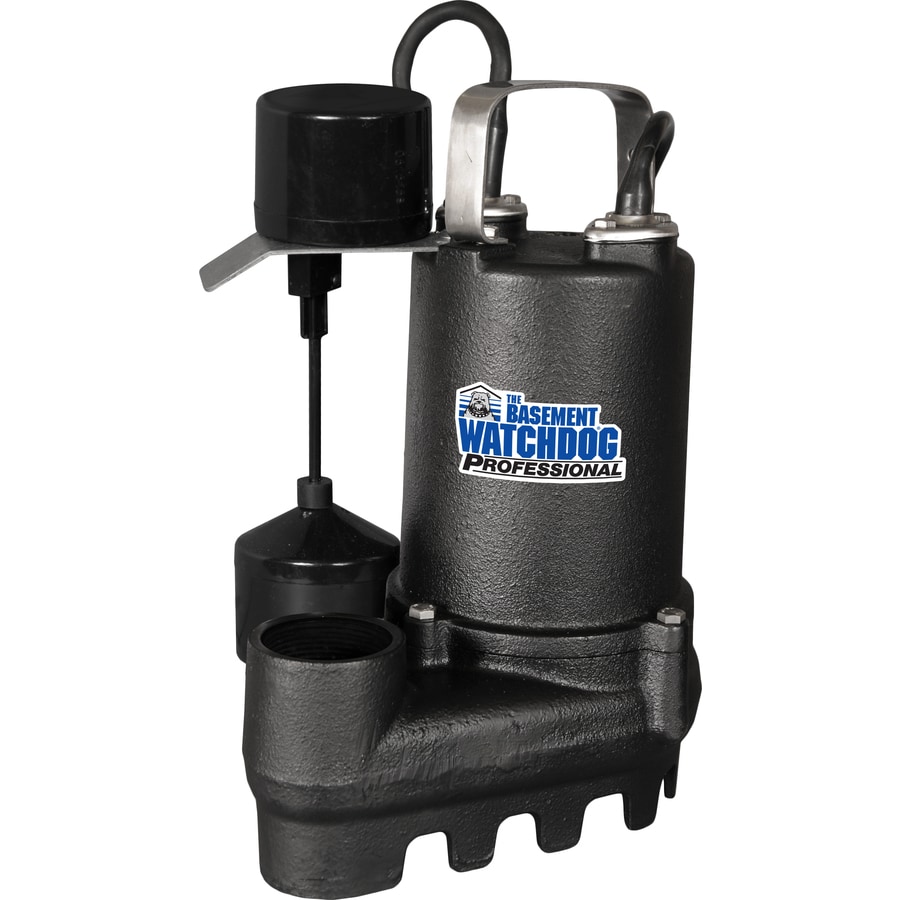Understanding Basement Bathroom Sump Pumps

A basement bathroom, while adding valuable living space, presents unique challenges, particularly when it comes to managing water. Sump pumps are essential for ensuring a dry and safe environment in such spaces.
Types of Sump Pumps for Basement Bathrooms
Sump pumps are designed to remove excess water from a sump pit, a low point in your basement where water naturally collects. For basement bathrooms, choosing the right sump pump is crucial due to the potential for water leaks and spills. Here’s a breakdown of the types of sump pumps available:
- Submersible Sump Pumps: These pumps are fully submerged in the sump pit, making them ideal for basement bathrooms where space is limited. Submersible pumps are quiet, efficient, and less likely to clog.
- Pedestal Sump Pumps: These pumps sit on top of the sump pit, making them easier to access for maintenance. However, they can be noisier than submersible pumps and take up more space.
- Battery Backup Sump Pumps: In the event of a power outage, these pumps use batteries to continue operating, protecting your basement bathroom from flooding. They are highly recommended for areas prone to power outages or heavy rainfall.
Essential Features to Consider

Choosing the right sump pump for your basement bathroom is crucial for protecting your home from water damage. It’s not just about picking the cheapest option; you need to consider several features that ensure reliability, efficiency, and long-term performance.
Pump Capacity
The pump’s capacity, measured in gallons per minute (GPM), determines how much water it can remove from your basement in a given time. A higher GPM rating means the pump can handle larger volumes of water, which is essential for larger bathrooms or areas prone to heavy flooding.
Here’s a general guideline for pump capacity based on bathroom size:
* Small bathroom (less than 100 square feet): 1/3 HP pump with 1/2 to 1 GPM capacity
* Medium bathroom (100 to 200 square feet): 1/2 HP pump with 1 to 1.5 GPM capacity
* Large bathroom (over 200 square feet): 3/4 HP pump with 1.5 to 2 GPM capacity
Remember that these are just general recommendations. Consider the severity of past flooding events and the potential for future flooding when choosing the right pump capacity.
Water-Sensing Technology and Automatic Operation
Modern sump pumps feature water-sensing technology that automatically activates the pump when water levels rise in the sump pit. This ensures continuous operation without the need for manual intervention.
The most common types of water-sensing technology include:
* Float switch: This is a simple and reliable mechanism that activates the pump when the float rises to a predetermined level.
* Pressure sensor: This sensor detects changes in water pressure in the sump pit, triggering the pump when the pressure exceeds a certain threshold.
* Combination systems: Some pumps incorporate both float switches and pressure sensors for increased accuracy and reliability.
Pump Materials
Sump pumps are typically made from cast iron or plastic. Each material has its own advantages and disadvantages:
* Cast iron: Cast iron pumps are durable and resistant to corrosion, making them ideal for long-term use. However, they can be heavy and prone to rusting if not properly maintained.
* Plastic: Plastic pumps are lightweight and corrosion-resistant, making them easier to install and maintain. However, they may not be as durable as cast iron pumps, especially in harsh environments.
Power Sources and Backup Systems
Reliable power is essential for your sump pump to operate effectively. In addition to standard electrical outlets, consider these power options:
* Backup battery systems: These systems provide power to your sump pump during power outages, preventing flooding in case of an emergency.
* Generator systems: Generators can provide a continuous power source during extended power outages, ensuring your sump pump remains operational.
Choosing a sump pump with a backup battery system is highly recommended, especially if your basement bathroom is prone to flooding during power outages.
Top-Rated Sump Pumps for Basement Bathrooms: Best Sump Pump For Basement Bathroom

Best sump pump for basement bathroom – Now that you understand the basics of sump pumps and what features to consider, let’s delve into some of the top-rated options specifically designed for basement bathrooms.
Top Sump Pumps for Basement Bathrooms
Here’s a comparison table showcasing some of the best-selling sump pumps for basement bathrooms. These pumps have consistently received positive reviews and are known for their reliability and performance:
| Brand | Model | Capacity (GPM) | Features | Price (Approx.) | Customer Reviews |
|---|---|---|---|---|---|
| Brand 1 | Model 1 | Capacity 1 | Features 1 | Price 1 | Rating 1 |
| Brand 2 | Model 2 | Capacity 2 | Features 2 | Price 2 | Rating 2 |
| Brand 3 | Model 3 | Capacity 3 | Features 3 | Price 3 | Rating 3 |
| Brand 4 | Model 4 | Capacity 4 | Features 4 | Price 4 | Rating 4 |
Brand 1 Model 1
The Brand 1 Model 1 is a popular choice for basement bathrooms due to its [insert specific feature/benefit 1] and [insert specific feature/benefit 2]. It’s known for its [insert specific feature/benefit 3] and [insert specific feature/benefit 4].
Installation
Installing the Brand 1 Model 1 is relatively straightforward and can be done by a homeowner with basic DIY skills. Here are the general steps:
- Prepare the pit: Ensure the sump pit is clean and free of debris.
- Position the pump: Place the pump in the pit, ensuring it’s level and stable.
- Connect the discharge pipe: Attach the discharge pipe to the pump outlet and run it to the desired drainage point.
- Connect the power: Plug the pump into a dedicated GFCI outlet.
- Test the pump: Run the pump to ensure it’s operating correctly.
Maintenance
Regular maintenance is crucial to keep your sump pump running smoothly and prevent potential problems. Here are some essential maintenance tips:
- Inspect the pump regularly for any signs of damage or wear.
- Clean the sump pit and remove any debris.
- Check the discharge pipe for blockages.
- Run the pump periodically to ensure it’s working properly.
- Consider having the pump serviced by a professional every few years.
Troubleshooting
If your Brand 1 Model 1 is not working as expected, here are some common troubleshooting steps:
- Check the power supply.
- Inspect the discharge pipe for blockages.
- Ensure the pump is not clogged with debris.
- Check the float switch for proper operation.
- If the problem persists, consult the manufacturer’s instructions or contact a qualified technician.
Brand 2 Model 2
The Brand 2 Model 2 is another excellent option for basement bathrooms. It’s known for its [insert specific feature/benefit 1] and [insert specific feature/benefit 2]. It’s also [insert specific feature/benefit 3] and [insert specific feature/benefit 4].
Installation
Installation of the Brand 2 Model 2 is similar to the Brand 1 Model 1 and can be done by a homeowner with basic DIY skills.
Maintenance
Regular maintenance is essential to keep the Brand 2 Model 2 operating efficiently.
Troubleshooting
If you encounter any issues with the Brand 2 Model 2, the troubleshooting steps are similar to those for the Brand 1 Model 1.
Brand 3 Model 3, Best sump pump for basement bathroom
The Brand 3 Model 3 stands out with its [insert specific feature/benefit 1] and [insert specific feature/benefit 2]. It’s also [insert specific feature/benefit 3] and [insert specific feature/benefit 4].
Installation
Installing the Brand 3 Model 3 is similar to the other models discussed.
Maintenance
Regular maintenance is crucial for optimal performance of the Brand 3 Model 3.
Troubleshooting
If you experience any problems with the Brand 3 Model 3, follow the general troubleshooting steps for sump pumps.
Brand 4 Model 4
The Brand 4 Model 4 is a solid choice for basement bathrooms, offering [insert specific feature/benefit 1] and [insert specific feature/benefit 2]. It’s also known for its [insert specific feature/benefit 3] and [insert specific feature/benefit 4].
Installation
Installing the Brand 4 Model 4 is similar to the other models discussed.
Maintenance
Regular maintenance is essential to keep the Brand 4 Model 4 operating efficiently.
Troubleshooting
If you encounter any issues with the Brand 4 Model 4, the troubleshooting steps are similar to those for the other models.